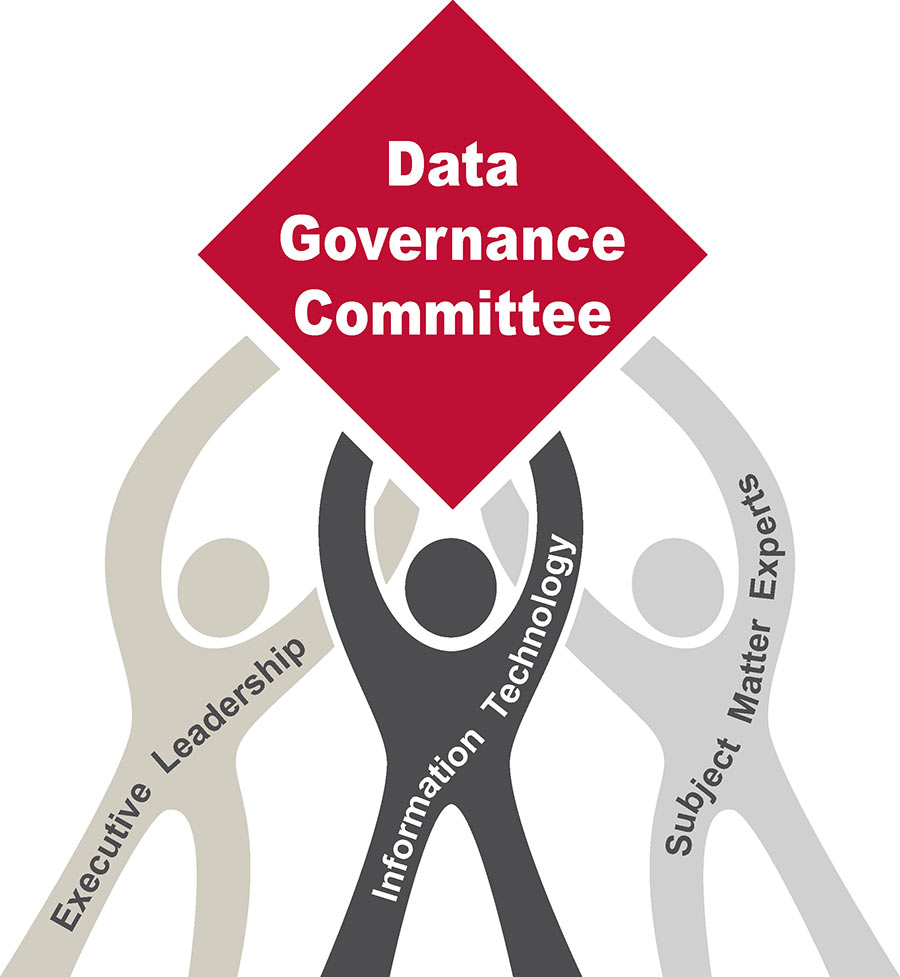BWF TIP: You might also enjoy reading about The Importance of Data Governance in Remote Fundraising Operations, published July 30, 2020.
Data is one of a fundraising organization’s most valuable tools. Data serves as the foundation for good decision making and goal setting and informs strategic priorities. However, in order to effectively employ data, proper maintenance is critical. Data governance committees can be a valuable resource in developing policies and procedures for effective data management and communication of the organization’s data standards. As data and related systems become more complicated, and expectations regarding the use of this data increase, the importance of comprehensive policies and procedures cannot be understated. As such, organizations are more frequently turning to data governance committees to oversee and manage such documentation and policies.
What is a data governance committee?
A data governance committee is a varied group of staff whose purpose is to establish clear data definitions, develop comprehensive policies, oversee documentation by which internal business units collect, steward, disseminate, and integrate data on behalf of their organization. The committee assists in governing processes and technology related to the database of record and establishing controls to inform organizational protocols related to constituent engagement across all business units. A governance committee ideally considers the role of employees and technology as it develops a framework for effective collaboration and project management between business units to ensure long-term vision and success. The execution of a properly established governance committee allows organizations to deliver premier service to their stakeholders and to achieve a sustainable technology and data ecosystem.
Who serves on the data governance committee?
A diverse committee membership is foundational to the success of the committee, to ensure a cross-section of viewpoints and the authority by which to make and enact decisions and policy.
The group should consist of:
- Executive Counsel. Participation by executive leadership provides valuable insight regarding the institution’s strategic direction and assists with buy-in related to committee decisions.
- Information Technology. In order to ensure committee decisions complement and integrate with strategic technology priorities, IT must be involved early in business process decisions to prevent subsequent potential conflicts, especially on larger projects. Depending on the organization’s structure, this membership may involve Central IT or Development IT.
- Subject Matter Experts and Stakeholders (such as Central Advancement, Programs and Units, Communications, Finance, or Operations). Acting as the core membership of the committee, these individuals are the most knowledgeable and most impacted by data governance decisions. Having a cross-section of experts and stakeholders ensures buy-in to the decision and prioritization process as well as decision-making informed by a comprehensive perspective on data.

Implementing a data governance committee
- Establish communication channels. Ensure that committee members and the broader staff community understand the purpose of the governance committee, the decisions being made, and the mechanism for submitting agenda items for review by the committee.
- Prioritize wisely. Data issues impact every aspect of daily development life. Some issues facing the committee will be more wide-ranging and impactful than others. A strong mission statement and prioritization procedures will be necessary to ensure the committee is focusing its efforts wisely.
- Ensure buy-in and ownership from all stakeholders. To create a successful data governance committee, all stakeholders have to recognize the added value of establishing well-managed data policies and procedures and the critical role a data governance committee will play in achieving that goal. Additionally, the cross-sectional representation of the committee will go a long way to educate partners on the downstream impact of committee decisions.
- Develop processes for the revision of policies. Once comprehensive policies and procedures are established, the data governance committee’s role is not over. Policies and procedures should be reviewed consistently for changes and necessary revisions due to the changing data, systems, or operational landscape such as newly acquired technology.
Let’s Talk
Find out how BWF can help launch your data governance committee.





